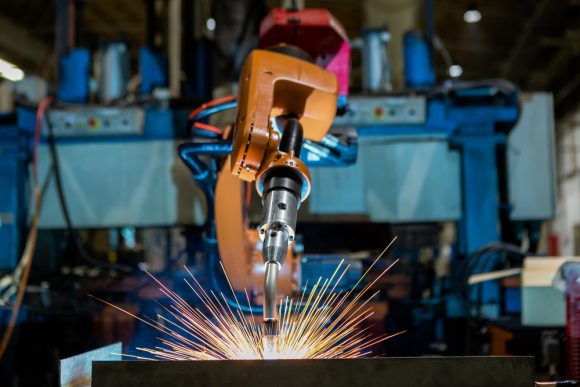The future of the manufacturing industry looks bright, with output set to rise by 1.5% in 2024 and 3% in 2025. Despite challenges that have plagued it over the past half a decade, the growth it experienced has been sustained, and it is looking to expand further, moving into the future. This will likely mean that trends will develop to meet the demands of a continually growing industry, and Chris Thompson, Operations Director at Electrix, leading suppliers of stainless steel electrical enclosures for various industries, has provided expert insight into what trends they’re likely to see in the future.
Closing the skills gap with new talent
For any industry, retaining quality talent and attracting new quality prospects is important for preventing blockers and downtime for operations. This is especially important within manufacturing, which has many roles that require physical and hands-on work that also needs specialist training to deliver these processes.
This, combined with employee turnover, with established workers retiring or moving to other industries for improved pay and stability, has seen monthly job separations in manufacturing reach 330,000 in March 2024. Improvements in attracting talent to the industry then become a high priority for manufacturing to make sure this employment gap can be appropriately closed.
In fact, the monthly change in employment has been mostly positive since November 2023, with data from the Bureau of Labor Statistics showing an increase of 8,000 in April 2024 compared to the previous month. One way that the industry can continue to see this positive change is through diversification of the workforce, as well as upskilling existing talent.
Investment in emerging technology and digital transformations
Technology is a major conversation that’s occurring both in personal and professional spaces, with the emergence of artificial intelligence (AI) and automation becoming more readily available. Industries need to be ready to adapt to all emerging technologies to avoid falling behind and seeing progress grinding to a halt.
Manufacturing leaders have taken note of the importance of being adaptable, with research from Forrester Consulting finding that 90% believe having a digital transformation strategy in place will be the difference maker for success. This is why a huge trend that will be seen going forward within the industry is not just the uptake of strategies but rather increasing focus to optimize efficiency throughout digital processes.
AI, robotics, and automation is a significant shift that many industries are set to introduce to optimize more mundane and repetitive tasks. Rather than replacing roles filled by humans, it will instead be used as a tool to help improve the working efficiency of workers to make workdays more productive and flexible, allowing them to take on other, more involved tasks. Combined with the digitization of the supply chain and the introduction of more thorough cybersecurity measures, the industry will be strengthened considerably through technology.
Sustainability strategies
According to data from the US Environmental Protection Agency (EPA), the manufacturing and raw materials industries contributed to around 23% of direct total greenhouse gas emissions in 2023. While this is a considerable number, overall CO2 emissions were 1.8% lower in 2023 compared to the previous year, which is a notable improvement.
More focus will shift to sustainability for the industry to meet the Net-Zero Emissions Operations by 2050 laid out by Executive Order 14057 and see a 65% reduction by 2030. This will become even more important as consumer behavior and requirements focus on businesses heavily involved in sustainable practices and prioritize corporate social responsibility (CSR). Consumers are willing to spend more on products manufactured with sustainability practices in mind, which is an additional driver for businesses to put more energy into sustainability.
This can include businesses investing more in sustainable technologies for their facilities and vehicles, such as sensor-controlled heating and lighting systems in buildings or alternative fuels for transport and machinery. As more emphasis is placed on sustainability, more businesses within the industry will concentrate more effort on making wholesale changes to reduce the harmful byproducts and emissions created by their processes.
As the manufacturing industry continues to expand, trends will develop to help maintain the same levels of growth. Digitalization, improved focus on sustainability, and mitigating the risk of a skills gap within your business will help ensure the industry continues in a positive trajectory year on year.
Sources
https://think.ing.com/
https://www.
https://www.statista.com/
https://www.epa.gov/
https://about.bnef.com/blog/
https://www.sustainability.

